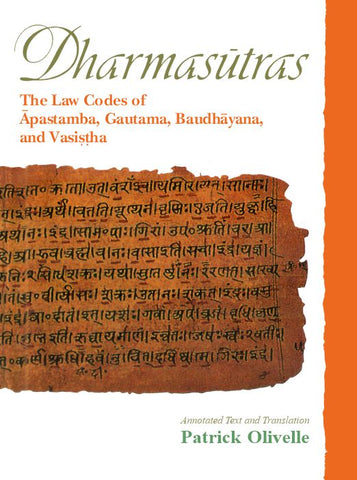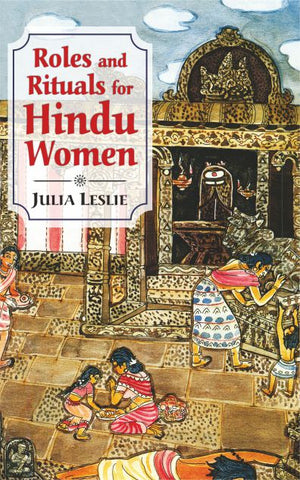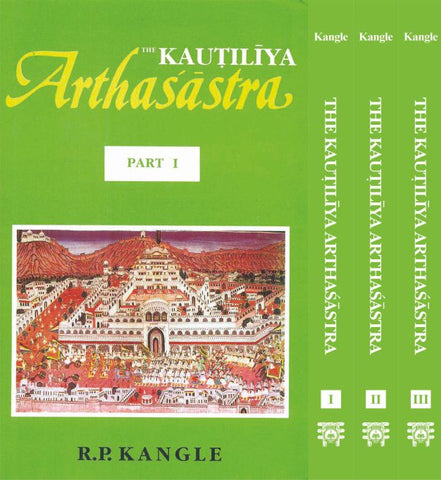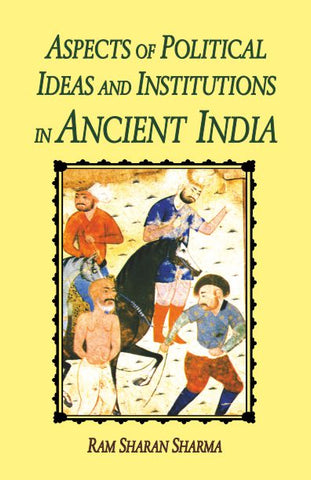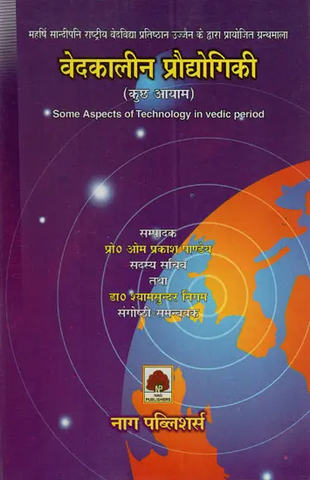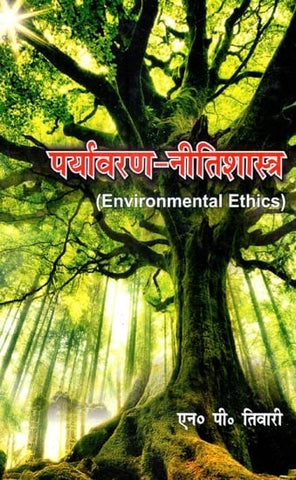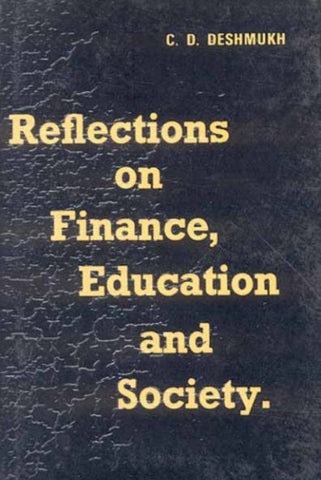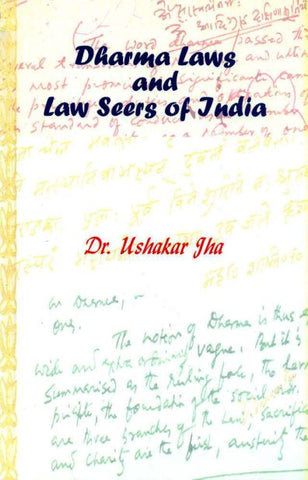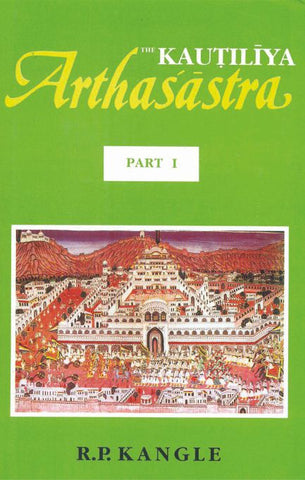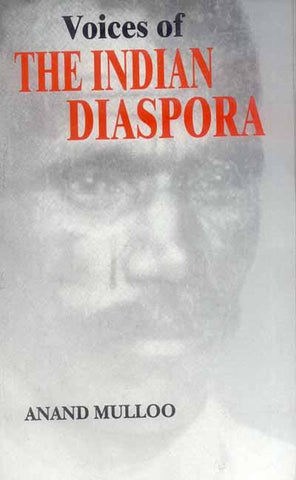Your cart is empty now.
Dr. Marta Vannucci, a Biologist, who has spent many decades studying mangroves tropical forests and the ecology of this earth has turned her attention to ecology of matter, energy and life as reflected and articulated in the Vedic corpus. She is neither scientist turned meta-physician nor agnostic turned believer, nor a materialist turned spiritualist. She is a scientist, exploring, investigating through textual sources what she has known and experienced as an investigative scientist through empirical studies.
This distinguishes the present work and the author's quest, from many others who have either tried to justify ancient knowledge on the basis of modern scientific theories or those others who have declared that all was known and there was nothing more to know.
Dr. Marta Vannucci clearly states the problem as also the hypothesis which she has set herself. As a biologist, she attempts to decipher the code with a biological key of the textual tradition. Earlier, people drawn from other disciplines, especially from linguistics, mathematics, physics and astronomy have tried to interpret the Vedas from the point of view of their particular discipline. Marta Vannucci undoubtedly uses the biological sciences for interpreting the text but focuses attention on aspects of matte and energy as personified by the Vedic God easily recognized as Agni. The relationship of Agni with Savitr symbolizing life and even hope are her pointed concerns.
The Rgveda begins with that memorable verse we worship Agni, the Purohit, God, minister of sacrifice and throughout this Veda as also the Samaveda and Atharvaveda, Agni is primary concern of man as a species. Dr. Vannucci incisively analyses, the approach to the principle of energy and fire contained in the Vedic corpus and relates it to the evidence of similar preoccupation of early man in sources as far apart as those of Stonehenge and the Greek myths of Prometheus.
The implications of man's preoccupation with fire both as the principle of light in the sun and the control of domestic fire on earth and therefore the recognition of fire as the primordial element for maintaining cosmic order (Rta) are immense. This is where the conception of Agni and the notion of ecological balances become relevant. Neither less or more, neither uncontrolled or over-controlled fire is indispensable for creativity with potent power of creation and destruction. Man's intelligence alone can be controller and wielder.
Vannucci dwells on these aspects with great convictions in her chapters dealing with ecological aspects and the relationship of Lord Agni and Fire. From this she proceeds to make the relationship between fire and the Lord Savitr. Now she moves on how savitr is on the one hand an aspect of Varuna, i.e., water and on the other, life itself. After persuing interpretation of Lord Savitr, Dr. Vannucci identifies Savitr as the essence of life itself and according to the biologist, she reminds us that Savitr is the first and the foremost Vivifier, the one which gives life because it is the who is the life principle. Savitr is therefore the source of life, the same life that he ceaselessly regulates. The relationship of Agni and Savitr is at multiple levels of fire and water of energy and life and it is pertinent to remember that unlike other personifications Savitr is without gender.
Vannucci concludes by drawing all strands together of the textual sources and then relates them to the contemporary discourse of ecology. This comparatively young discipline points at the inter relationships of organic matter and energy of living beings among themselves and with the environment. The environment in turn comprises both organic and non-organic matter, i.e., both living and non-living. The Vedic man's pre-occupation by whatever route he came to it, reflects as deep a concern with the nature of matter, organic or inorganic and the nature of inter relationships of all living beings, human, animal, plant, i.e., all biological species. Obviously in the Rgveda, man did not postulate a scientific theory but it is equally clear that he was aware and self conscious of the principles on which scientific theories are based and more he was acutely perceiving of the phenomenon of life. He reflected on the question what was the relationship between him and the life around he saw, observed, experienced, without totally understanding the dynamic of structures of each species of organic matter. It would appear from the decoding done by Dr. Vannucci that the Vedic man through observation and reflection and not through laboratory experimentation or collection of data and then deducing theories was aware of the dynamic processes at work in this universe. This enabled him to identify the principle of the constant changes which were taking place between matter and energy and to explicate the order of the universe called Rta. This articulation is as impressive as it is remarkably valid today.
I hope that Biologists and Indologists will both read this book. It will stimulate thinking and provoke questions. Dr. Vannucci has triggered a line of thought which I hope many others will pursue.
I am both privileged and honoured that she should have asked me to write the Foreword. Inadequate as I may feel, perhaps one ecological principle is that those who know and those who want to know balance each other.
Preface
The double and even triple meaning of the words and sentences n the Veda is a well known fact. To extricate some hidden or secondary meaning from the mantras I have used a biased approach of studying them from a biological perspective. Throughout the Sastra one can sense the passionate urge of man for understanding-this is the basis of all science. Interspersed in the texts are hints of the application to practical purposes of the knowledge acquired, these are technicalities or technologies. Once the ideas were conceived, the concepts formulated and principles enunciated, the understanding was crystallized by deifying the same principles or truths perceived by man. Honoured and successful leaders, chiefs, kings, conquerors were also deified in the course of time. Myths were created to transmit the truths to the masses in an interesting and easily memorizable manner and to explain what was not yet really and fully understood. In all cultures myths and legends were also created to engrave in the collective memory the traditions and history of a people, of a clan or a race. Legends are usually the poetical presentation of history or are just wishful thinking.
In every society a group of persons stands aside as the learned men, the intellectuals and scientists who are variously called priests, sacerdotes, shamans, magicians, elders, brahmanas, pandits, scientists or philosophers. Thus two currents of culture are developed parallel to one another, the priestly and the popular. The knowledge and wisdom of the Rsi grew alongside the culture of the other members of the Aryan clans. Also in pre-Vedic India a popular culture co-existed with the philosophical currents and later Vedic and pre-Vedic cultures co-existed side by side, influenced each other and wee eventually fused in what is known as Hinduism. Due to an admirable attitude of mutual respect and tolerance the two, rather several traditions could survive almost intact, though variously modified through a continuous and active process of amalgamation, syncretism and evolution.
In the author's opinion Agni, (Fire) was the originally observed and used matter-energy system that became the primary primordial God, the Ur-Gott. Rta (Order) was the observed order and law that governs the physical universe or cosmos. 'Vak', (Word or Speech), was the means of education and transmission of knowledge acquired through the grace of Agni. In conclusion the basis of the whole Vedic structure was philosophically scientific. Agni is male because of his strength and energy and Vak is female because she generates and transmits knowledge and education. Rta is neutral because it is what is.
With these hypotheses on the meaning of Agni, Rta and Vak and on the origin of philosophy, science and religion in mind, I sought corroboration in the ancient sacred texts and have compared different interpretations and translations, as they have come down to us. I hope eventually to elaborate a plausible theory.
I have reached to the conclusions that:
1. Because of man's urge, his need to understand and to know, philosophy in the original sense of the word, came before religion. It came to man, by man, as science both empirical and experimental.
2. Philosophy or science was translated into religion with its rites and rituals, experimental science was translated into technical practices or technology for the benefit of all.
3. Esoteric philosophies of an abstract type were later developed from religions and remained the domain of the initiated few. Some philosophies blend theory and practice, as for instance, different forms of yoga, which is a philosophical and biological discipline the ultimate goal of which is the fusion of the Individual Soul with the Cosmic Soul as it is based on discipline and control of the mind, body organs and systems. It is not a religion in the sense that it puts stress on discipline rather than on faith.
I believe that above to be the normal evolution of the human mind over successive generations. Consequently similar sequences would have occurred in all cultures and would have followed comparable steps, such as:
1. Observation and logical deduction:
2. Empiricism and experimentation:
3. Development of a body of knowledge and formulation of prescriptions, not necessarily the formulation of generally valid theories;
4. Hermeneutics, or restriction of science and knowledge to the priestly classes, which includes scientists and technologists;
5. Hermeneutics becomes esoteric, limited to religious practices and tends to become stagnant; rigid rites become an end in themselves as recognized and prescribed physical and spiritual entelechies.
Ancient languages are more rigid and complex than modern simplifications, except for scientific and technical specialized jargons. Languages evolve continuously, e.g. Sanskrit into Prakrt and Latin into neo-Latin languages. Simplification arises when root languages escape from the monopoly of the priesthood and the learned language gradually becomes amalgamated with the common people's language. Later on, secondary esoteric languages such as Tantra, Tibetan Lamaism, modern sciences came into being; they are usually the result of cultural cross fertilization.
A more detailed study of Agni and Lord Savitr is given as well as a study of some ecological aspects of the Veda, mainly drawn from the RV, the AV and the SV.
I plead guilty for presenting a work that might seem, and to some extent rightly so, to have been published prematurily. Others, better qualified may wish to carry on, if this beginning is a worthwhile exercise as I think it is.
I am deeply indebted to our ancients to whom I offer deeply felt pranama; to Prof. R. N. Dandekar whose writings and living words marked the crystallization of many of my thoughts. Dr. Kapila Vatsyayan gave me unfailing encouragement and food for thought. I am specially grateful to Prof. B.N. Saraswati who gave me invaluable support through constant encouragement and advice over a span of few years. Long sleepless nights spent in quiet darkness and motionless contemplation, occasionally of distant and moonlit horizons in the Kumaon hills, I dare consider as the primum mobile of inspired insights. The constructive argumentative attitude of my younger friends, first among them Mrs. Anita Thapan sharpened my thoughts, checked my sometimes hurried enthusiasm over a pada or other and added to my education. I am grateful to Miss Gitanjli Pandit for her careful revision of the manuscript and to Mrs. Yvette Field for her useful advice.
Who am I to thank these and many others? Rather I would like to apologize for misreadings, for errors or misconcepts in understanding and for the unclearness in rendering. I stand to be corrected and welcome criticism.
Paraphrasing Prof. R.N. Dandekar who dedicates one of his books "to such of my pupils as do not regret having been my pupils", I would dedicate these notes of an ageing scientist to "such of my masters as do not know having been my masters". Many of them are anonymous or people from remote Indian villages.
Back of the Book
The Vedas are indisputably among the oldest of mankind's documents. Which Dr Marta Vannucci rummages through to address a highly enigmatic question: How man evolved as Man: thinking, discriminating, thought-communicating? Or, yet more specifically, how did he come to identify cause-effect relationships of living-beings: both among themselves and with their environment? In looking for answers, she discovers profound biological, physiological, and ecological insights in Vedic writings which she projects here, with coherent analyses and prolific textual references.
Dr Vannucci, who has studied Indian sacred texts for about twenty years, is perhaps the first ever biologist to explore the ecological validity of Vedas. With her critical Florentine mind and five-decade-long involvement in scientific methodologies, she interprets the complex Vedic verses in her thematic effort to decipher the ancient "code" with a "bio-ecological key" spelling out, contextually, the Matter-Energy principles (embodied in Lord Agni) and Life-Hope principles (personified by Lord Savitr). Also setting out a comparative perspective on Vedic expressions of ecology and its contemporary worldview, the author suggests that the essential difference between the two stems not from the perception of reality, but from the manner of their theorizing.
Marta Vannucci, a Brazilian citizen, born in Italy in 1921, is a globally distinguished biological oceanographer, with a versatile mind. An erstwhile UNESCO's Senior Expert (Marine Sciences) and Director of its Regional Office in Delhi, she has held a number of high-ranking academic/advisory/administrative positions at national and international levels. Currently, a resident of India, Dr Vannucci is Vice-President, International Society for Mangrove Ecosystems, Japan.
| Foreword | 7 | |
| Preface | 11 | |
| Abbreviations | 19 | |
| Introduction | 21 | |
| 1 | The Problem and the Hypotheses | 25 |
| 2 | The Quest for Sources | 43 |
| 3 | The Concept of God | 53 |
| 4 | Ecological Aspects | 63 |
| 5 | Lord Agni and Fire | 125 |
| 6 | Lord Savitr, Life and Hope | 155 |
| 7 | Conclusion-Contemporary and Vedic Expression of Ecology | 165 |
| Glossary | 171 | |
| Bibliography and References | 203 | |
| Index | 209 |
Delivery and Shipping Policy
- INTERNATIONAL SHIPPING
- Rs.1000-1100/kg
- ESTD. Delivery Time: 2-3 weeks (depending on location)
- Bubble Wrapped with Extra Padding
- NATIONAL SHIPPING
- NCR: Rs. 30/half kg
- Standard: Rs. 80/half kg
- Express shipments also available on Request
- ESTD. Delivery Time: Ranging from 1-4 days up to 7 business days (Depending on your choice of Delivery)
- TRACKING
- All orders; national or international, will be provided with a Tracking ID to check the status of their respective orders
- Depending on the Shipping Service, Tracking ID may be used on their respective tracking portals
Frequently Asked Questions (FAQs)
Domestic Shipping: 3-4 Days (after shipping)
International Shipping: 1-2 weeks (based on your location)
You will receive an email once your order has been shipped or you can email us if you didn't receive tracking details (info@mlbd.co.in)
Every book that we sell is the latest edition except all the rare books
Yes, we do provide free shipping, only on domestic orders (within India) above Rs.1500









